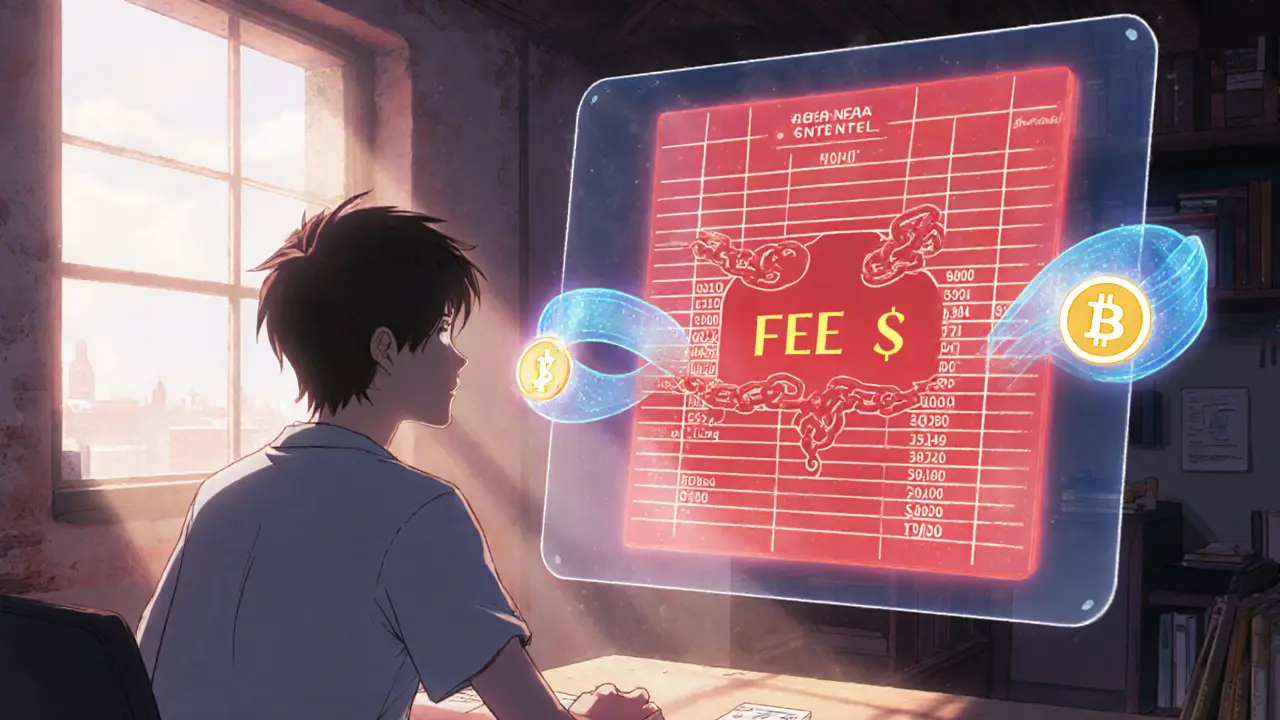Off-Chain Transactions: Fast, Flexible, Low‑Cost
Off-chain transactions let you move crypto value without waiting for every node to write the move to a block. When dealing with off-chain transactions, transactions that settle outside the main blockchain ledger. Also known as off‑chain transfers, they bypass long confirmation times and high fees while still keeping a link to the on‑chain record.
Key Concepts to Know
Layer 2 scaling, techniques that shift most activity away from the base chain is the primary engine behind many off‑chain solutions. State channels, private payment paths where participants lock a small amount of capital on‑chain and then trade instantly off‑chain are a classic Layer 2 tool; they let two or more parties exchange dozens or hundreds of payments without each one hitting the main ledger. Another approach, sidechains, independent blockchains that periodically anchor their state to the main chain, also reduces reliance on on‑chain confirmation time while preserving security through regular checkpoints.
These three entities form a simple chain of logic: Layer 2 scaling enables off‑chain transactions, state channels require participants to lock funds on‑chain before they can trade off‑chain, and sidechains periodically anchor their state to the main chain to guarantee security. The result is a network that can settle millions of micro‑payments in seconds, something a pure on‑chain design would struggle to achieve.
One of the biggest advantages off‑chain activity brings is a dramatic cut in confirmation time, the waiting period before a transaction is considered final on the blockchain. Because the bulk of the work happens off the main ledger, users experience near‑instant finality, while only occasional summaries need to be confirmed on‑chain. This also reduces the likelihood of double‑spend attacks: the attacker would have to compromise the on‑chain anchor points rather than every individual off‑chain payment.
Real‑world use cases illustrate why developers choose off‑chain routes. Gaming platforms use state channels to let players trade items instantly without paying gas for each swap. Decentralized exchanges employ sidechains to offer low‑fee trading pairs that still settle to the main chain for auditability. Micropayment services, such as pay‑per‑view video or IoT data feeds, rely on off‑chain batching to keep costs under a cent per transaction.
Off‑chain methods aren’t without trade‑offs. Users must trust that the on‑chain lock‑up contracts are correctly coded; a bug could freeze funds. Liquidity can be fragmented because each channel or sidechain holds its own pool of assets. Moreover, regulators may view off‑chain activity differently, especially when it masks transaction flow for tax or compliance purposes.
Below you’ll find articles that dig into confirmation times, airdrop mechanics, tax rules, wallet recovery, and more—showing how off‑chain techniques intersect with everyday crypto topics and how you can leverage them safely and efficiently.
State Channels Explained: How Blockchain Scaling Works
State channels move transactions off‑chain, keeping blockchain security while enabling instant, cheap transfers. Learn how they work, key components, real‑world use cases, and compare them to other Layer2 solutions.
